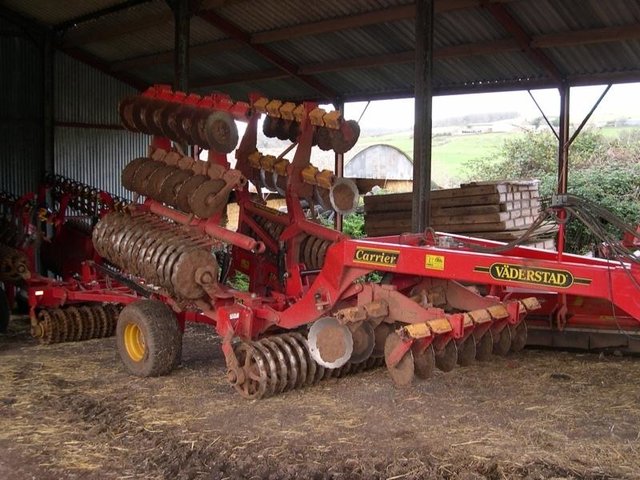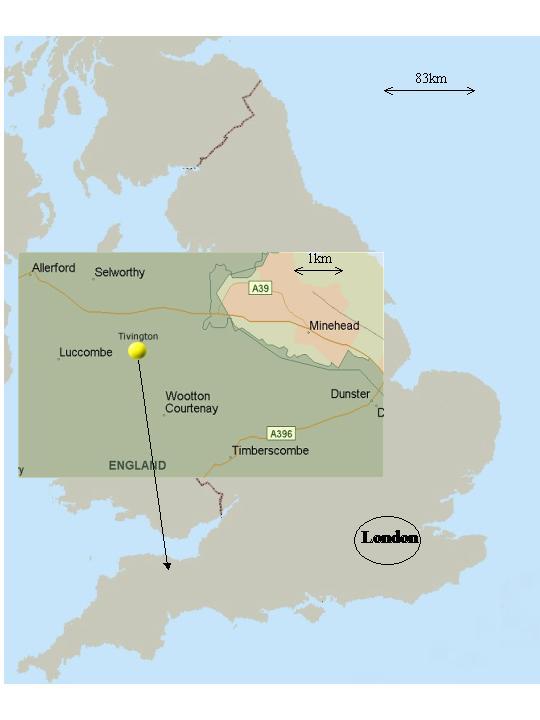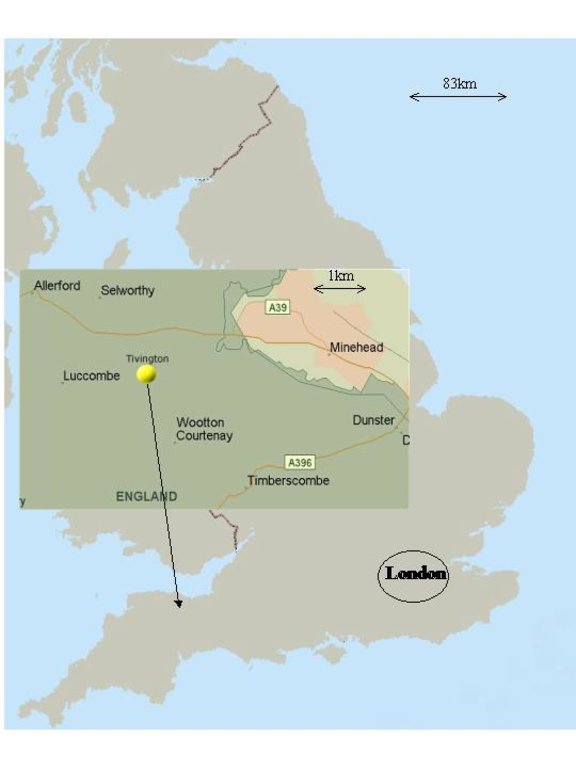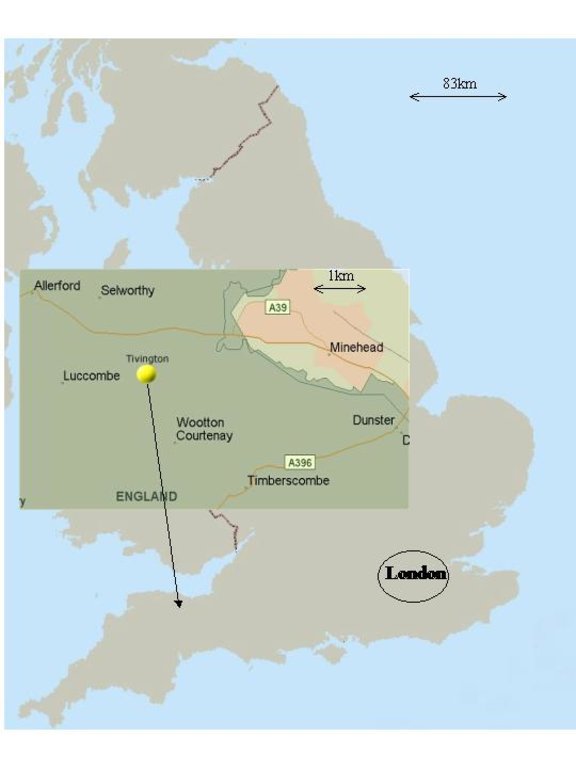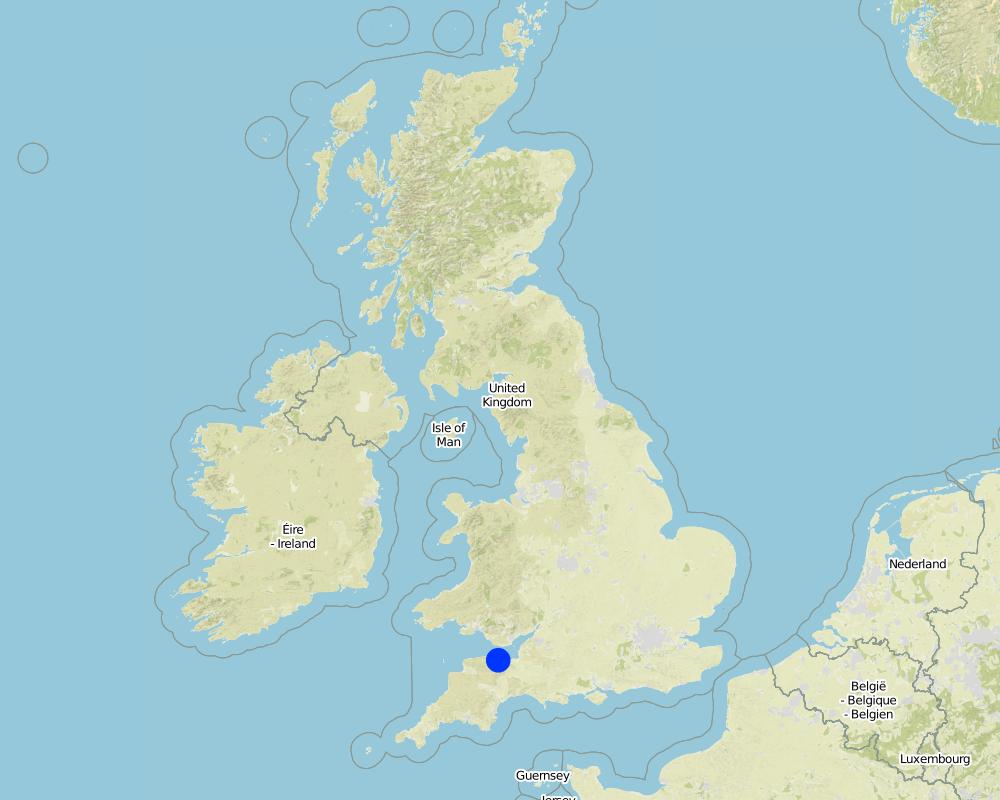2.1 该方法的简要说明
Individual farmer experimenting with machinery to maintain economic viability and reduce time spent on land preparation.
2.2 该方法的详细说明
该方法的详细说明:
Aims / objectives: Maintain economic viability; to reduce the time spent working the soil; set up business with a neighbouring farmer.
Methods: Experimentation with different machinery, seeking information from various sources (agricultural shows, demonstrations, discussions).
Stages of implementation: Experimentation with machinery and collection of information over 3-4years; merger of farm business with neighbour having taken agronomic and financial advice; joint venture set up in 2002 and new machinery bought.
2.3 该方法的照片
2.5 采用该方法的国家/地区/地点
2.8 该方法的主要目的/目标
The Approach focused mainly on other activities than SLM (economic viability)
To find appropriate machinery, farming system and business model for economic viability
The SLM Approach addressed the following problems: Economic viability.
2.9 推动或妨碍实施本办法所适用的技术的条件
社会/文化/宗教规范和价值观
Local tradition to plough land on set date
Treatment through the SLM Approach: Willingess to try new techniques and not get discouraged by failure
财务资源和服务的可用性/可得性
cost of new machinery
Treatment through the SLM Approach: Willingness to use and adapt existing machinery. Formation of joint venture with neighbouring farmer
了解SLM,获得技术支持
Lack of local technical knowledge and advice.
Treatment through the SLM Approach: Sought information from a variety of sources eg agricultural shows, machinery manufacturers
